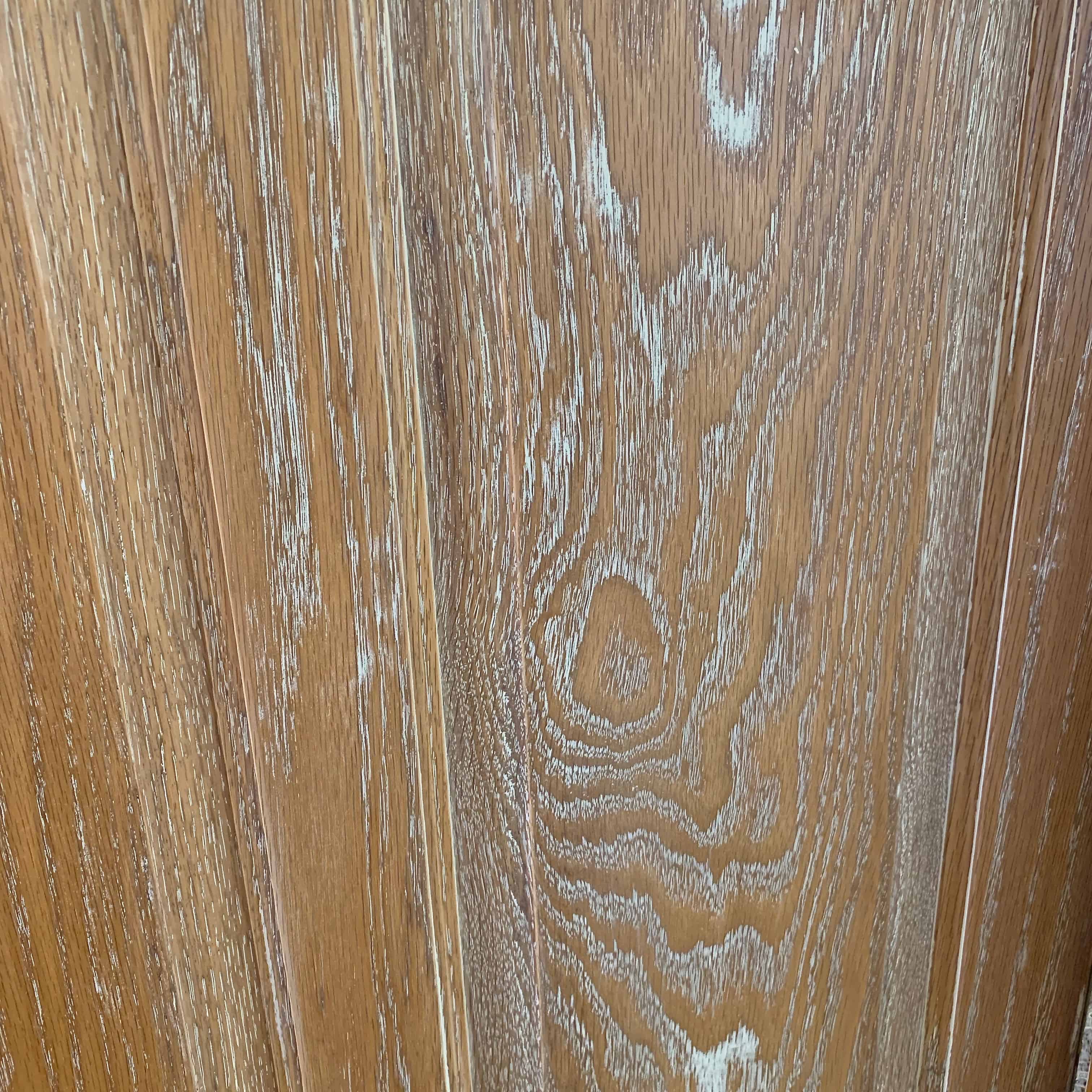Understanding Wood Grain Fillers: Wood Grain Filler For Cabinets

Wood grain fillers are essential components in cabinet construction, playing a crucial role in achieving a smooth, even surface that enhances the overall aesthetic appeal and durability of the finished product. They effectively fill in the natural pores and irregularities of wood, creating a consistent foundation for subsequent coatings like paint or stain.
Types of Wood Grain Fillers
Wood grain fillers come in various forms, each with its unique properties and application methods. The choice of filler depends on the specific needs of the project, the type of wood, and the desired finish.
- Paste fillers: These fillers are thick and creamy, typically made from a combination of wood dust, resins, and pigments. They are easy to apply with a putty knife or a spatula and are well-suited for filling large gaps or deep pores. Paste fillers are known for their excellent adhesion and durability, making them ideal for use on high-traffic surfaces. However, they have a longer drying time compared to other types of fillers.
- Liquid fillers: Liquid fillers are thinner than paste fillers and are usually water-based or solvent-based. They are applied with a brush or a roller and can penetrate deeper into the wood grain. Liquid fillers dry quickly, making them suitable for projects where time is a factor. They are also easy to sand and provide a smooth, even finish. However, they may not be as durable as paste fillers and may not be suitable for filling large gaps.
- Epoxy fillers: Epoxy fillers are two-part systems that are mixed together before application. They offer exceptional adhesion, durability, and water resistance, making them ideal for use in areas prone to moisture or heavy wear. Epoxy fillers are typically used for filling large gaps or cracks in wood. However, they have a longer drying time and require careful mixing to ensure proper curing.
Properties of Wood Grain Fillers
The properties of wood grain fillers are crucial considerations when choosing the right product for a particular project. These properties include drying time, adhesion, and ease of application.
- Drying time: The drying time of a wood grain filler refers to the amount of time it takes for the filler to harden and become ready for sanding or further coating. Drying times vary depending on the type of filler, the ambient temperature, and the humidity levels. Paste fillers generally have a longer drying time than liquid fillers, while epoxy fillers have the longest drying time.
- Adhesion: Adhesion refers to the ability of the filler to bond to the wood surface. Good adhesion is essential for ensuring that the filler stays in place and does not crack or chip. Paste fillers and epoxy fillers generally have excellent adhesion, while liquid fillers may require a primer or sanding to improve adhesion.
- Ease of application: Ease of application refers to the ease with which the filler can be applied to the wood surface. Paste fillers are typically easier to apply than liquid fillers, which can be messy if not applied carefully. Epoxy fillers require careful mixing and application to ensure proper curing.
Choosing the Right Filler for Your Cabinets

Selecting the appropriate wood grain filler is crucial for achieving a smooth, professional finish on your cabinets. This step ensures that the final product is not only aesthetically pleasing but also durable and long-lasting. Consider these factors when choosing the right filler:
Type of Wood
The type of wood you are working with plays a significant role in determining the best filler. For example, open-pore woods like oak and ash require a filler that can effectively fill in the large pores, while closed-pore woods like maple and cherry require a filler that is less thick.
- Open-Pore Woods: Oak, ash, walnut, and mahogany have large pores that require a thicker filler to achieve a smooth surface.
- Closed-Pore Woods: Maple, cherry, and birch have smaller pores and generally require a thinner filler.
Desired Finish
The desired finish for your cabinets will also influence the type of filler you choose. If you are aiming for a high-gloss finish, a filler with a fine consistency is recommended. For a more rustic look, a coarser filler can be used.
- High-Gloss Finish: Fine-grained fillers provide a smooth, even surface for a high-gloss finish.
- Rustic Finish: Coarse fillers can accentuate the wood’s natural texture and grain pattern, creating a rustic look.
Project Budget, Wood grain filler for cabinets
Wood grain fillers are available in a wide range of price points. The cost of the filler can be influenced by factors such as its composition, brand, and packaging size. It’s essential to balance your budget with the quality and performance of the filler.
- Budget-Friendly: Some fillers are made from inexpensive materials like epoxy or acrylic.
- High-End: Premium fillers often contain higher-quality ingredients and may offer enhanced durability and stain compatibility.
Consistency of the Filler
The consistency of the filler is crucial for achieving the desired results. A filler that is too thick can be difficult to apply and may not fill the pores completely. Conversely, a filler that is too thin may not provide adequate coverage.
- Thick Fillers: Suitable for filling large pores in open-pore woods.
- Thin Fillers: Best for filling smaller pores in closed-pore woods or for achieving a smoother finish.
Color and Stain Compatibility
It’s important to consider the color and stain compatibility of the filler, especially if you plan to stain your cabinets. The filler should match the color of the wood or be compatible with the stain you plan to use.
- Matching Filler Color: Choose a filler that closely matches the color of the wood to avoid any noticeable color differences after staining.
- Stain Compatibility: Select a filler that is compatible with the stain you intend to use. Some fillers may react negatively with certain stains, causing uneven color or discoloration.
